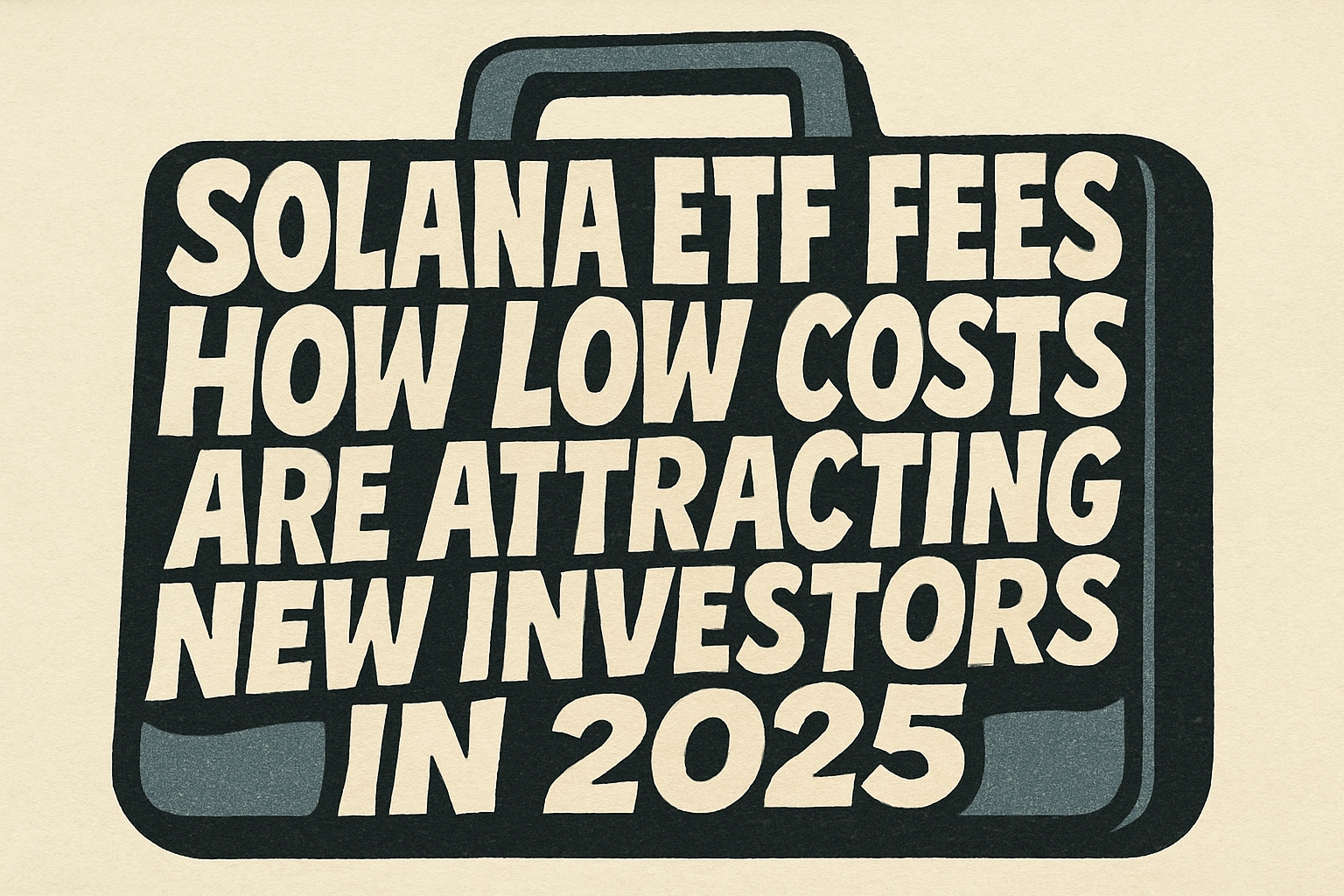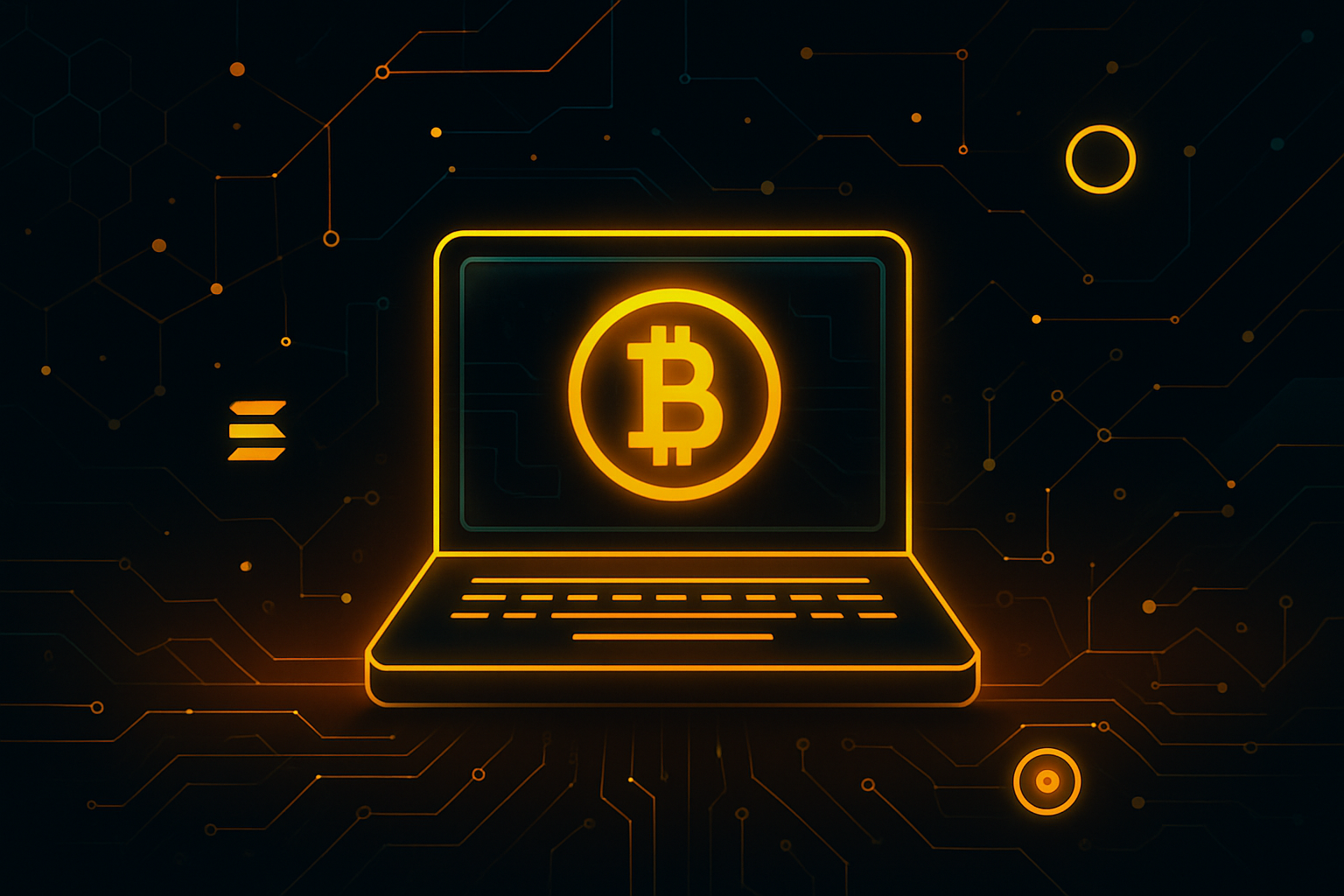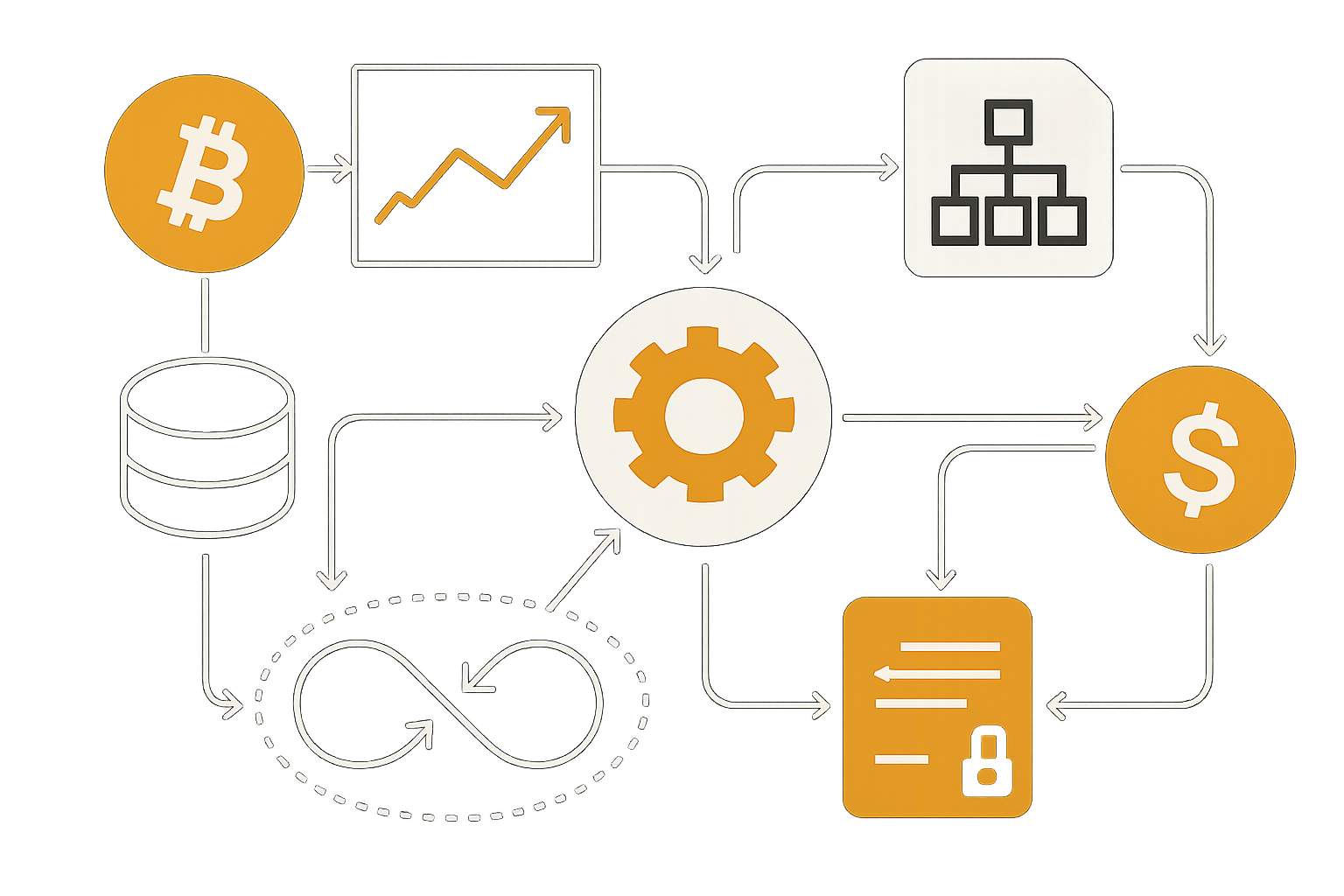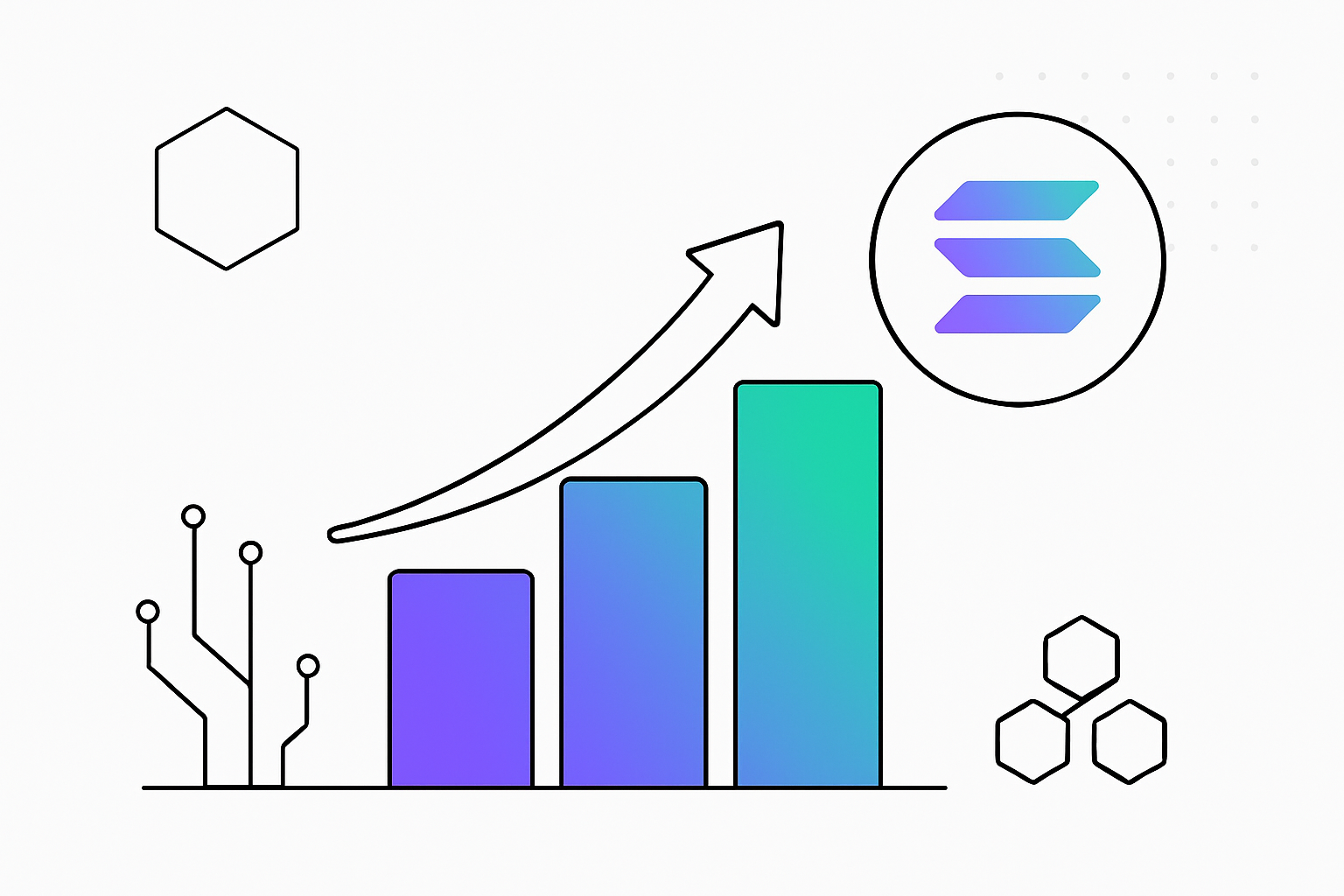Solana ETF Fees: How Low Costs Are Attracting New Investors in 2025

Solana ETFs are rewriting the playbook for crypto investing in 2025, and the secret weapon is simple: ultra-low fees. As Solana (SOL) hovers at $203.85 after a fresh 4% rally, institutional and retail investors alike are flocking to new ETF offerings that promise not just exposure to the Solana blockchain, but also a cost structure that rivals even the most efficient traditional index funds.
In October 2025, the ETF fee wars hit a new peak. Bitwise Asset Management shocked the market by slashing its Solana Staking ETF fee to just 0.20% – undercutting major competitors such as VanEck, which itself dropped from 1.5% to 0.30%. The REX-Osprey Solana Staking ETF, by comparison, charges a still-hefty 0.75%. But it’s not just about numbers on a fact sheet. These reductions are part of a broader trend: crypto ETF issuers are racing to the bottom on fees while layering in staking rewards, making Solana ETFs uniquely attractive for cost-conscious investors.
Why Solana ETF Fees Matter More in 2025
The current landscape is defined by transparency and competition. With Solana’s spot ETF fee now at 30 basis points (0.30%) and staking fees at 28 basis points (0.28%), as reported by industry analysts, investors can easily compare offerings side-by-side. As Eric Balchunas noted in a recent tweet:
This clarity is crucial. Unlike the early days of crypto funds, where high costs and opaque structures deterred many, today’s Solana ETFs are engineered to maximize investor returns through both low management fees and the inclusion of native yield from staking.
Staking Features: The Game-Changer for Low Cost Blockchain ETFs
What sets Solana ETFs apart from their Bitcoin and Ethereum counterparts is the integration of staking rewards. Both Bitwise and VanEck have amended their filings to include regulated staking, meaning ETF holders receive a share of the yield generated by the underlying SOL tokens. This native yield can significantly offset management costs, further enhancing the net returns for investors.
The fee competition has even prompted some issuers to offer temporary waivers. Bitwise, for example, plans to waive fees entirely on the first $1 billion in assets for three months – a move designed to supercharge inflows and capture market share early. These strategies are reminiscent of the fee wars that reshaped the traditional ETF industry over the past decade, but with an added crypto twist: staking as a yield booster.
Solana (SOL) Price Prediction 2026-2031: Impact of Low-Fee ETFs and Staking
Forecast based on the 2025 Solana ETF fee war, current market trends, and adoption outlook.
| Year | Minimum Price | Average Price | Maximum Price | % Change YoY (Avg) | Scenario Insights |
|---|---|---|---|---|---|
| 2026 | $170.00 | $225.00 | $300.00 | +10% | ETF inflows stabilize, staking adoption grows, but volatility remains high. |
| 2027 | $200.00 | $260.00 | $350.00 | +16% | Increased institutional adoption; regulatory clarity boosts confidence. |
| 2028 | $210.00 | $290.00 | $410.00 | +12% | Broader DeFi/ETF integration; competition intensifies with new L1s. |
| 2029 | $230.00 | $320.00 | $470.00 | +10% | Mainstream ETF adoption; market cycles create both bullish and corrective phases. |
| 2030 | $250.00 | $350.00 | $540.00 | +9% | Solana network upgrades enhance scalability; ETFs become core investment vehicles. |
| 2031 | $270.00 | $385.00 | $600.00 | +10% | Sustained growth from global ETF adoption, new use cases, and institutional inflows. |
Price Prediction Summary
Solana’s price outlook from 2026 to 2031 is positive, fueled by the launch of low-fee ETFs, integrated staking rewards, and ongoing network upgrades. The competitive ETF landscape and fee reductions are expected to drive substantial investor inflows, while technological improvements and increasing institutional participation support long-term growth. However, volatility and competition from other blockchains remain key risks, resulting in a wide min-max range each year.
Key Factors Affecting Solana Price
- ETF Fee Competition: Lower management fees and staking rewards attract greater inflows.
- Institutional Adoption: ETFs make SOL accessible to traditional investors, boosting demand.
- Regulatory Developments: Clearer rules around crypto ETFs and staking can unlock new markets.
- Technology Upgrades: Improvements to Solana’s scalability and ecosystem drive usage and value.
- Market Cycles: Crypto’s inherent volatility leads to significant price swings, reflected in the min/max ranges.
- Competition: New Layer 1 blockchains and alternative staking products could impact Solana’s market share.
- Macro Environment: Global economic trends and risk appetite influence capital allocation to crypto.
Disclaimer: Cryptocurrency price predictions are speculative and based on current market analysis.
Actual prices may vary significantly due to market volatility, regulatory changes, and other factors.
Always do your own research before making investment decisions.
How Low Fees Are Shaping Solana Investment Trends
The impact of these low-cost structures is already visible in market activity. With Solana surging to $203.85, investor interest in blockchain ETFs is at an all-time high. Historical data shows that funds with lower fees attract greater inflows – and this is playing out in real time as capital rotates from higher-fee products into the new generation of Solana ETFs.
Moreover, the combination of low spot fees and built-in staking rewards makes Solana ETFs particularly appealing to long-term holders seeking both capital appreciation and passive income. This dual benefit is driving a wave of new entrants into the crypto ETF space, many of whom were previously deterred by high costs or complexity.





